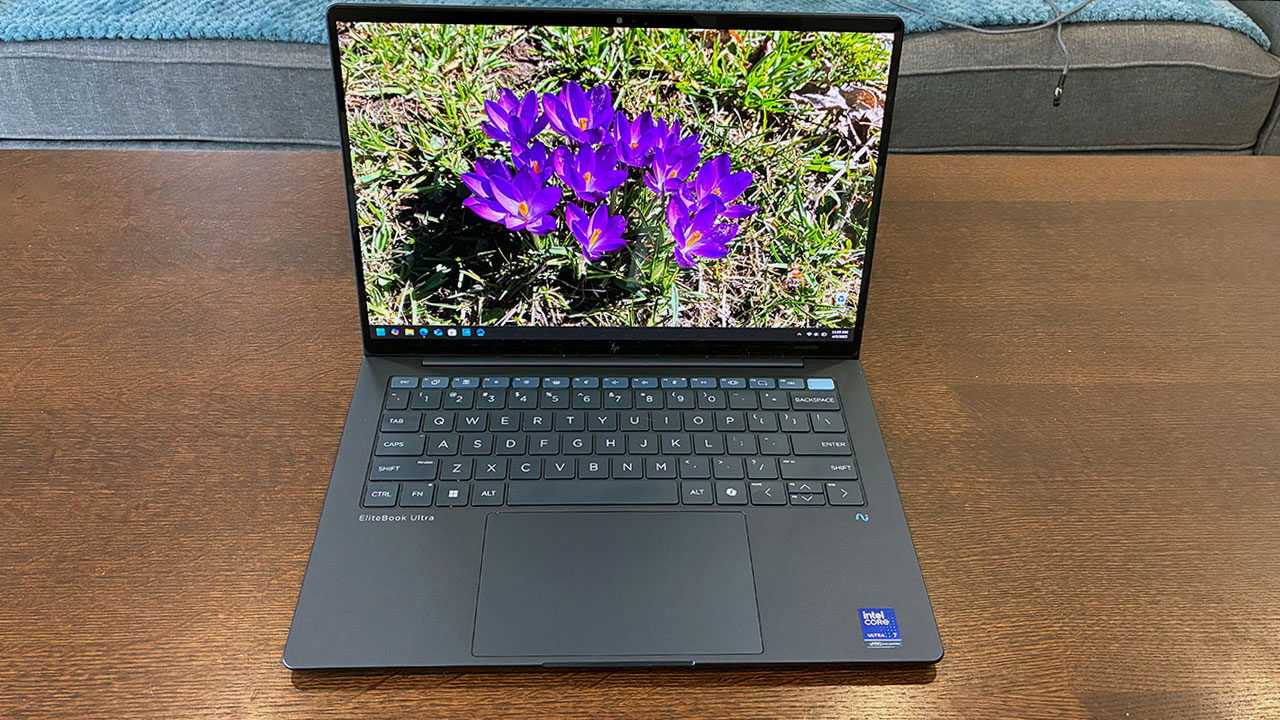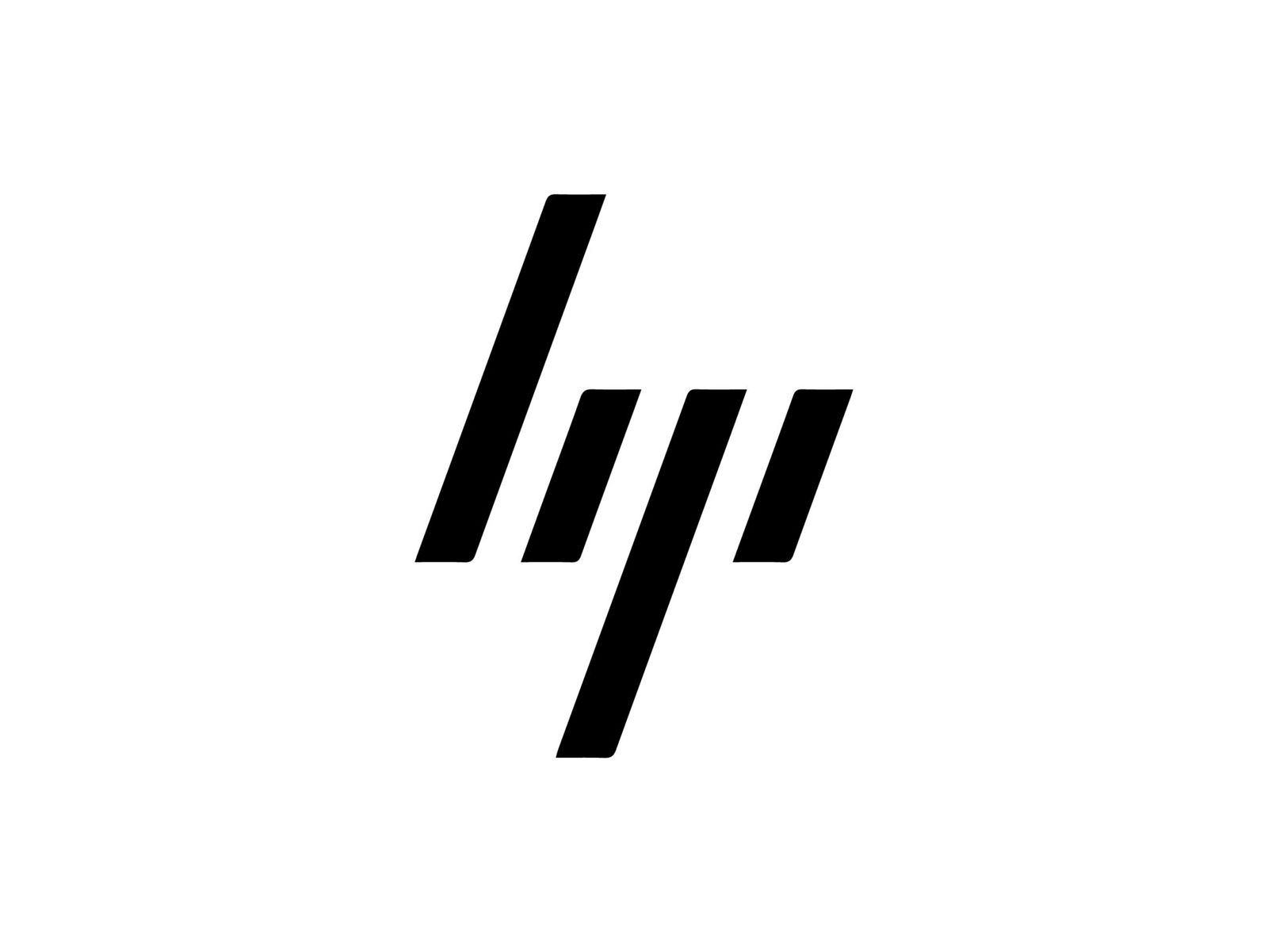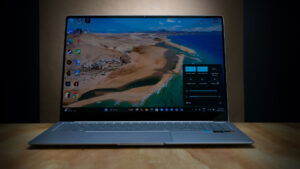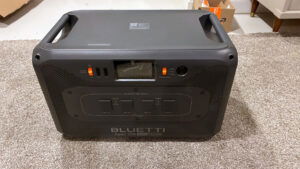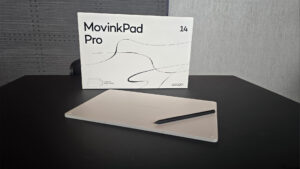In a time when market demands are constantly changing and evolving, staying on top of everything requires more and more effort from company management. HP has been building and designing its EliteBook line of business laptops to help companies and professionals stay competitive, offering high-end solutions to that challenge. HP’s latest model, the EliteBook Ultra G1i, is an ultra-lightweight laptop that packs enough power to handle a full workday while looking professional and sleek in the process.
This year’s HP EliteBook Ultra G1i comes equipped with the latest Intel Core Ultra processors, a generous amount of RAM and a display that immerses users in work or media. Its battery is built to easily last through a typical workday. My review unit includes an Intel Core Ultra 7 268V processor paired with 32 GB of LPDDR5 RAM, 512 GB of NVMe SSD storage, and a 2.8K 120 Hz touchscreen display—among the top configurations HP offers in this generation. Users can opt for a non-touchscreen version if preferred, though I found the touch capability to be an added bonus, even if the unit itself isn’t a 2-in-1 device.
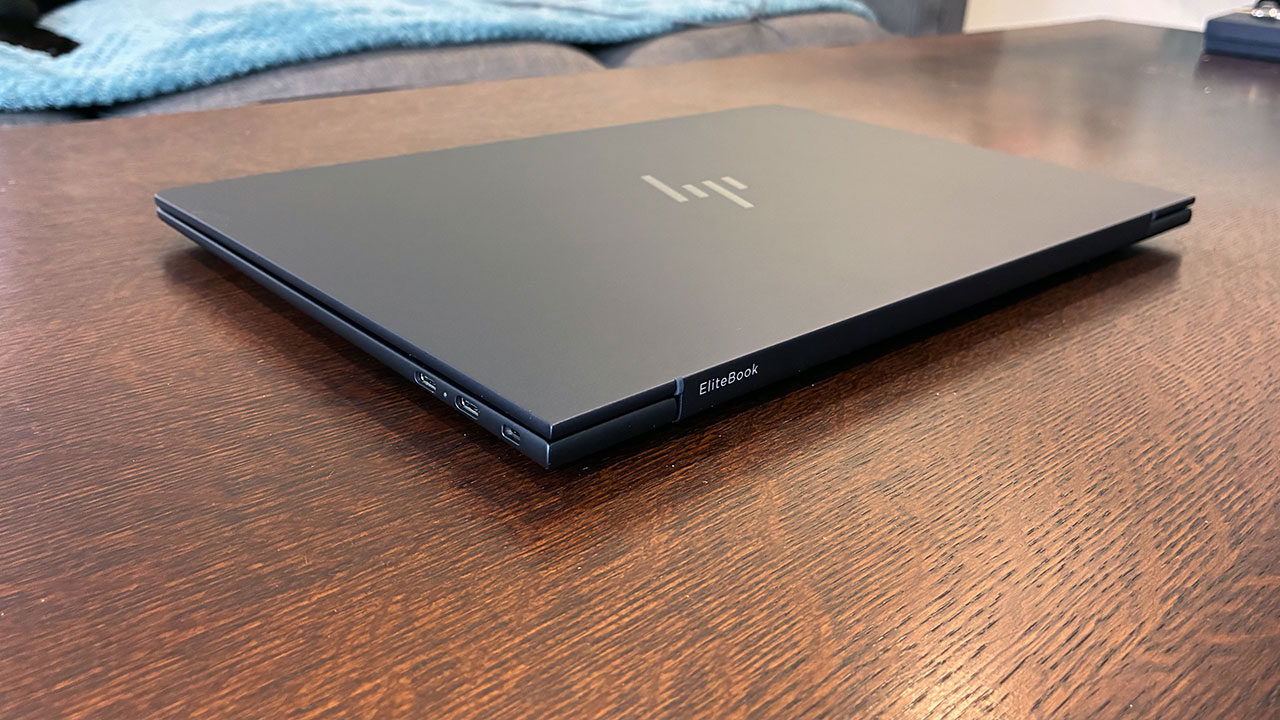
Let’s get one thing out of the way before diving in—like most HP EliteBooks, this is a business-class laptop and comes with a steeper price tag than typical consumer-grade models. Keep that in mind if you’re planning to spend your own money on one. My review unit is priced at $2,519 as configured, though base models start at $1,849.
Unboxing/First Look
Straight out of the box, I immediately fell in love with the absolutely gorgeous Atmosphere Blue colour of the EliteBook Ultra G1i on the review unit I was sent, as it reminded me of one of the earliest laptops I ever owned. The colour is also similar to the blue found on some of HP’s own Victus gaming laptops, and it’s a refreshing change from the silver, black or grey laptops found on nearly every other business model on the market.
“The HP EliteBook Ultra G1i is one of the lightest 14-inch laptops available on the market today.”
The charging adapter also surprised me with just how small and compact HP was able to make a 65W block. However, if HP had been able to place the wall plug prongs directly on the block to eliminate one more cable from the total carry package, it would have helped reduce weight even further. I also found myself missing the adapter from last year’s EliteBook, which featured a high-quality braided cable. I believe HP may still offer that as an optional extra for those wishing to order the laptop with it.
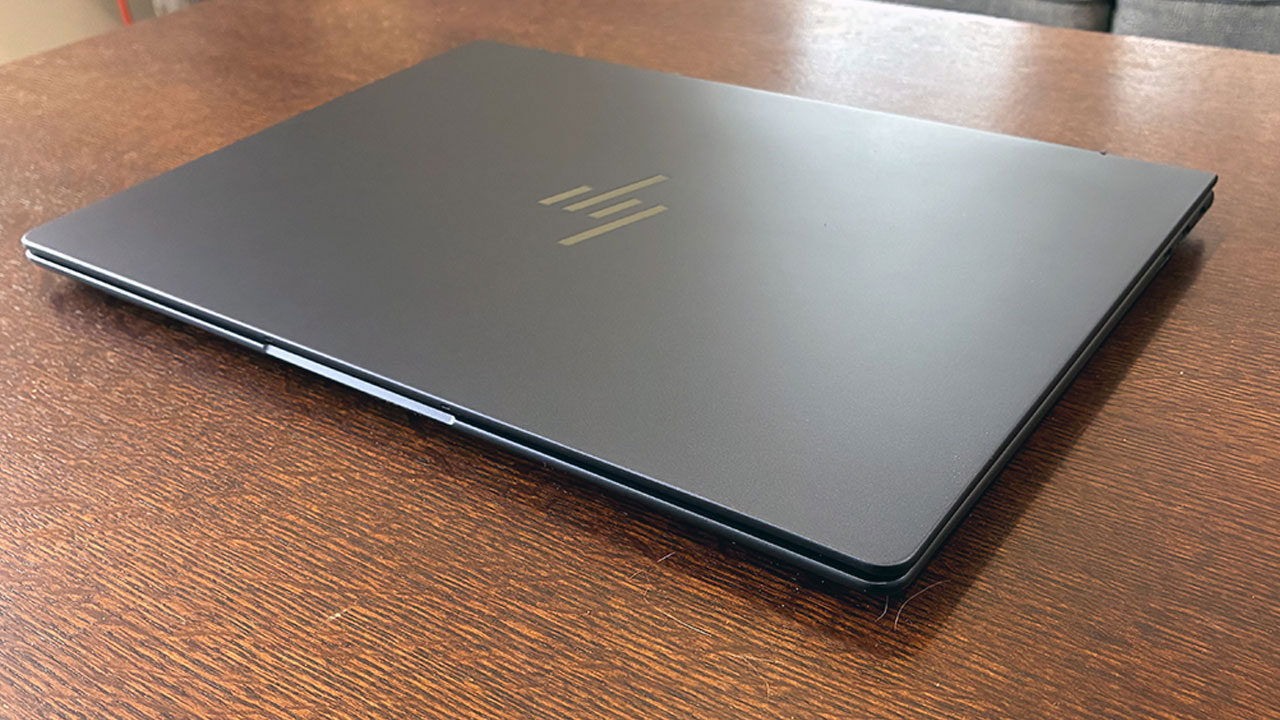
Looking around the EliteBook Ultra G1i itself, the left side has a headphone/mic combo jack, a USB 3.2 Gen 2 port and a Thunderbolt 4 port. The right side features an additional two Thunderbolt 4 ports and a Nano Lock Slot. All Thunderbolt 4 ports allow data transfer, charging and display-out capabilities. This is great for being able to charge the laptop from either side; however, I would have liked to see a dedicated HDMI port and a MicroSD card slot. Given how slim and light the EliteBook Ultra G1i is, this compromise is understandable—and more tolerable in this case.
I was pleasantly surprised to learn just how lightweight HP was able to make this year’s EliteBook Ultra G1i, coming in at only 1.19 kilograms, 0.05 to 0.36 kg lighter than the M4 MacBook Air 13 and MacBook Pro 14. The only laptop I know that comes in even lighter is the 14-inch LG Gram, and it’s only 0.06 kg lighter, making the HP EliteBook Ultra G1i one of the lightest 14-inch laptops available on the market today.
Even its overall thickness—or should I say slimness—comes in at just over 1.2 centimetres, making this also one of the thinnest modern ultrabooks available. I rarely noticed its extra size or weight when tossing it in my backpack before heading out, so this should not be a concern for business professionals or even students who need to carry a laptop around all day.
Display/Webcam
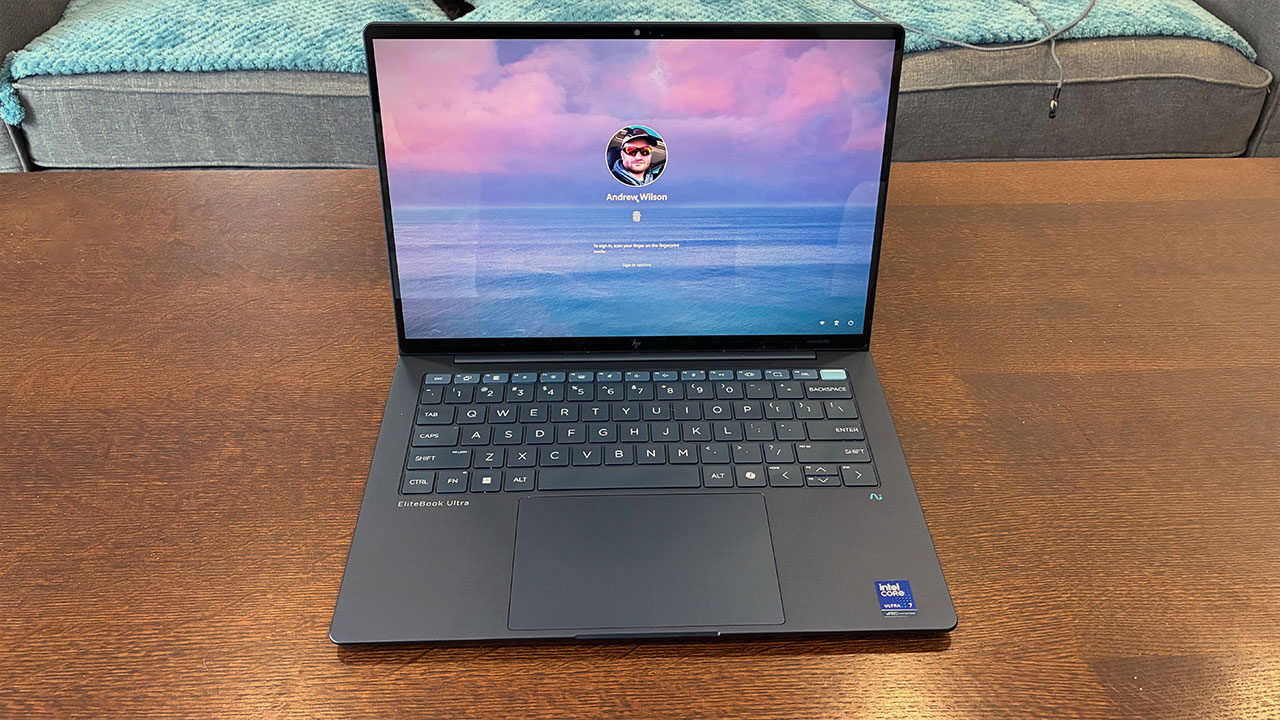
The first thing we’ll dig into on the HP EliteBook Ultra G1i is its truly gorgeous display. HP has packed in a 14-inch OLED display that features a 2.8K (2880 x 1800) resolution with a 120Hz refresh rate. I was blown away by how great everything looked during day-to-day use, and the higher refresh rate came in handy during the occasional gaming session. HP has also added a blue light filter, making extended use easier on the eyes.
One aspect I was continually grateful for was the 16:10 aspect ratio that more laptops are gradually adopting. This allowed multitasking to be much easier, as I could see more on screen at once, whether writing reports or watching a movie while browsing the web.
While not a 2-in-1 laptop, HP has included optional touchscreen capabilities on select models. Though not a feature I used regularly, it did come in handy on occasion when I wanted to do some light photo editing. The screen can also rotate 180 degrees, supported by a stiffer hinge that does not produce any noticeable wobble. This can be useful when sharing your screen with someone sitting across from you, or even when marking up a map or blueprint.
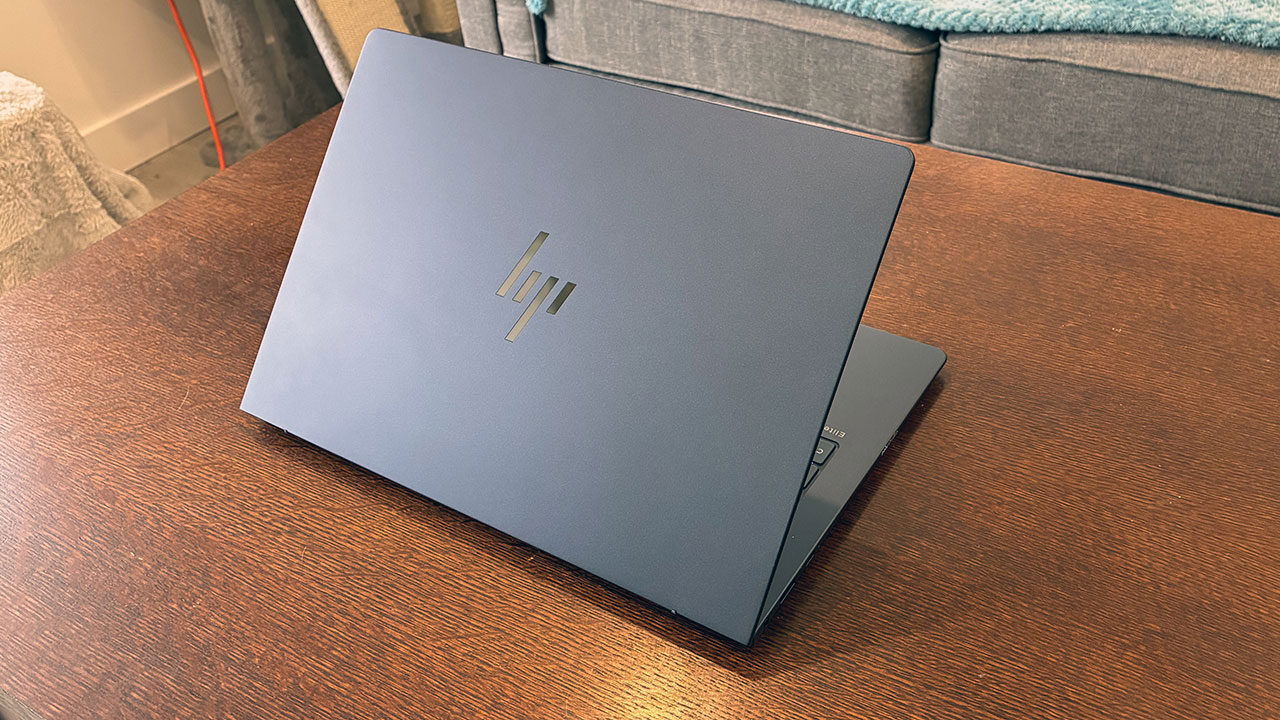
This year, the EliteBook Ultra G1i features a 9-megapixel webcam, which, as far as Windows laptops go, is one of the clearest and sharpest I have tested to date. HP pairs this with Poly Camera Pro, its software that uses AI technology to blur your background during business video calls—or even completely change it to appear as though you’re in an office, when in reality, you might be in a coffee shop.
HP has also incorporated Windows Hello facial recognition to enhance security on the laptop, something I found myself using several times a day. To top it off, HP includes a manual shutter to block the camera when not in use or to prevent unwanted eyes from peeking in.
Keyboard/Touch Pad
Similar to the HP EliteBook I reviewed last year, the EliteBook Ultra G1i features a keyboard that is among the best on the market. The keys all have a great tactile feel and are well stabilized, making for one of the best typing experiences I’ve had on an Ultrabook-style laptop.
“The EliteBook Ultra G1i features a keyboard that is among the best on the market.”
HP has given the EliteBook Ultra G1i a two-tone colour scheme, with the top function row featuring a lighter shade of blue than the rest of the laptop. This gives it a more elegant appearance and makes it one of the nicest-looking laptops I’ve used in a while. On the top right of the keyboard, the power button includes a fingerprint scanner, which I often found myself using in lower-light situations when the webcam didn’t recognize my face.
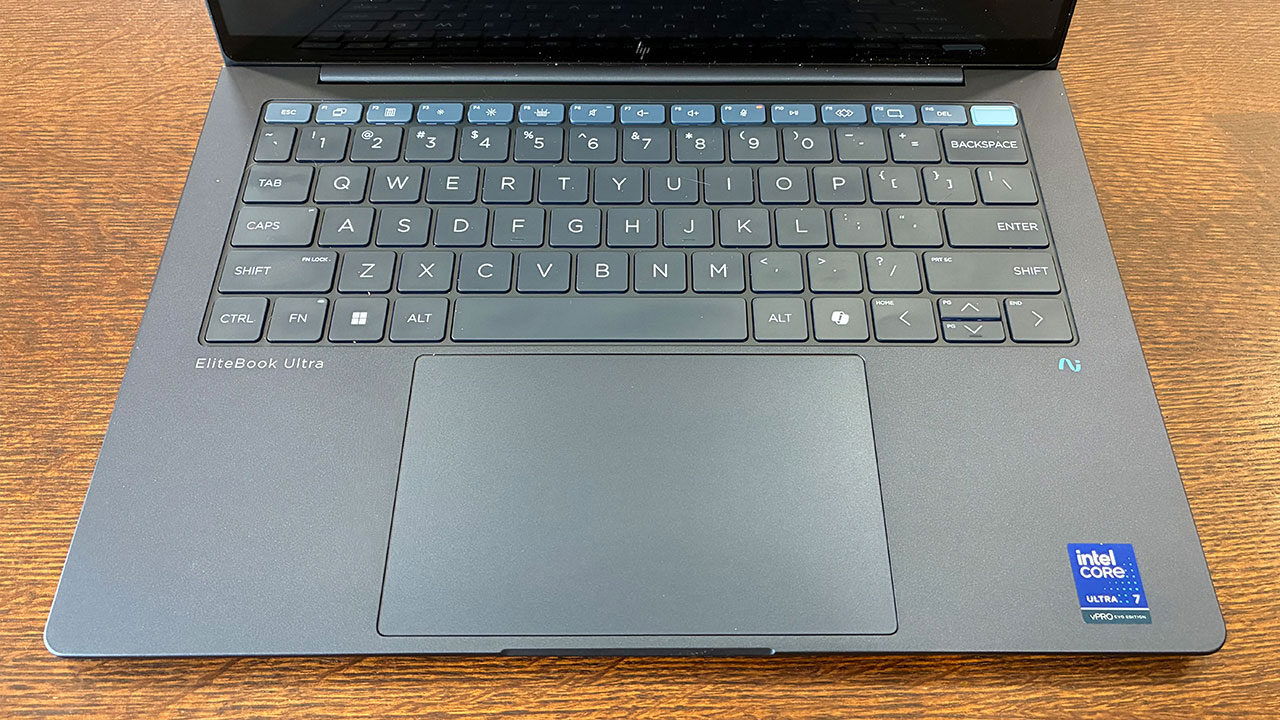
A rather nice addition to the keyboard is the extra hotkeys along the top function row. Having quick access to a calculator became something I used more regularly than I expected. Having a dedicated button for quickly pausing and playing various media was especially useful when someone tried to talk to me or I received an unexpected phone call. Also within quick reach is the Windows Snipping Tool for taking screenshots—something I’ve found myself using more often, and not needing to press multiple keys to activate it has been exceptionally helpful in certain situations.
Something I hadn’t used previously on any laptop was a haptic touchpad. This was an unexpected feature from HP, although I quickly adapted to how it felt and began to prefer it over the traditional diving-board-style touchpad. Clicking felt more consistent, making all usage more comfortable and enjoyable, especially on days when I needed to use the laptop for long periods.
Its overall size came in at around 6.4 inches diagonally, giving it a larger surface area than my phone. I never found myself running out of room or bumping into the edges while using it, and HP added the option to use its far edges to control brightness or volume with a quick swipe—something I didn’t use often. I do, however, wish HP would expand this capability to support additional toggles such as fast-forwarding or rewinding videos or music.
Audio/Speakers
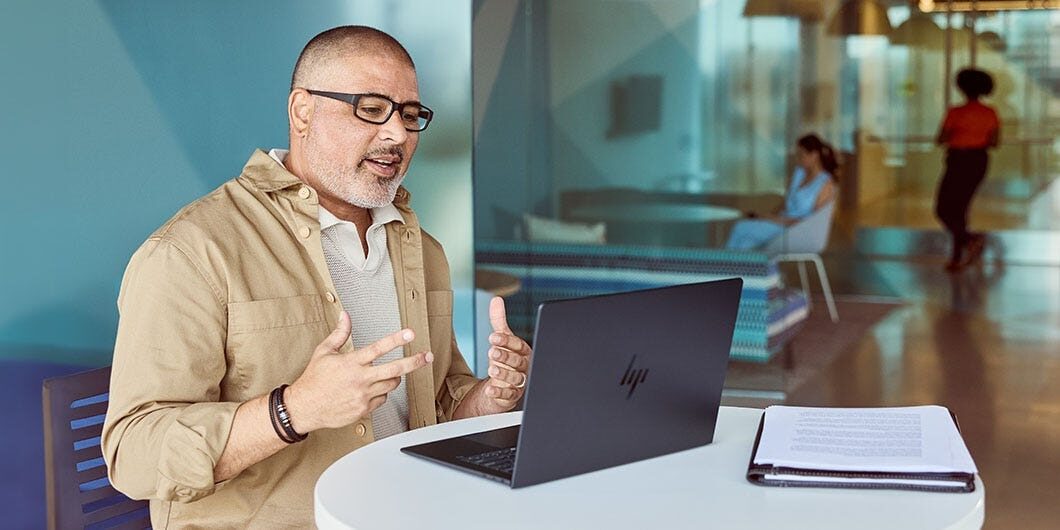
I was quite surprised at how well the speakers on the EliteBook Ultra G1i sounded, and I’m proud and thankful to say that this year HP has not only continued that feat, but improved it further—delivering what I’d say are some of the best speakers on an Ultrabook that I’ve tested to date. Despite its very slim profile, HP has packed four speakers into the chassis. However, I do wish they weren’t downward-firing, as I often find them getting slightly muffled when using the laptop on my bed or lap. Using the laptop on a desk or hard surface mitigates this, and it becomes much less of a problem.
Performance/Day-To-Day Usage
As a tech fanatic, seeing how quickly and far Ultrabooks have come since their early versions, I find it incredible how much more powerful they’ve become while getting increasingly thinner and lighter each year. The HP EliteBook Ultra G1i is no exception to this, delivering a fairly substantial improvement over even last year’s model.
Featuring an Intel Core Ultra 7 268V, this chip easily plowed through my general workloads in day-to-day use without breaking a sweat or even triggering the onboard cooling fans. Nearly all the time, I barely heard a noise from the laptop, and it remained cool to the touch, even after hours of use on surfaces like a bed, couch or my lap.
“The HP EliteBook Ultra G1i may not be the most powerful laptop I’ve tested to date, but it still packs enough punch to compete with some older gaming laptops I’ve previously owned.”
When it came to running benchmarks, the HP EliteBook Ultra G1i was able to unleash its inner beast, delivering numbers that place it within striking distance of Apple’s M3 eight-core CPU, while remaining competitive among other laptops in the Windows ecosystem.

Delivering a score of 10,854 in Geekbench 6, the HP EliteBook Ultra G1i may not be the most powerful laptop I’ve tested to date, but it still packs enough punch to compete with some older gaming laptops I’ve previously owned. 3DMark Time Spy told a similar story, coming in with a score of 4,425—almost 500 points higher than last year’s model. My score in Cinebench R23 was slightly lower than last year, coming in at 9,471 in multi-core, but the performance drop wasn’t noticeable in regular use.
Gaming, while not recommended on a system like this, is still possible—within reason. I could pass the time playing older titles with minimal or no issues. Modern games obviously push the system too hard and won’t perform as well as they would on a dedicated gaming laptop or desktop—but if you set your expectations accordingly, you may be pleasantly surprised.
Battery Life
As one would hope from a laptop aimed at business users, you’d expect to get at least a full day’s use from the battery while going about your day. Initially, this wasn’t quite the case, as the 64-watt-hour battery gave me under eight hours of runtime, mainly while watching videos. Had that persisted, I would’ve been rather disappointed.
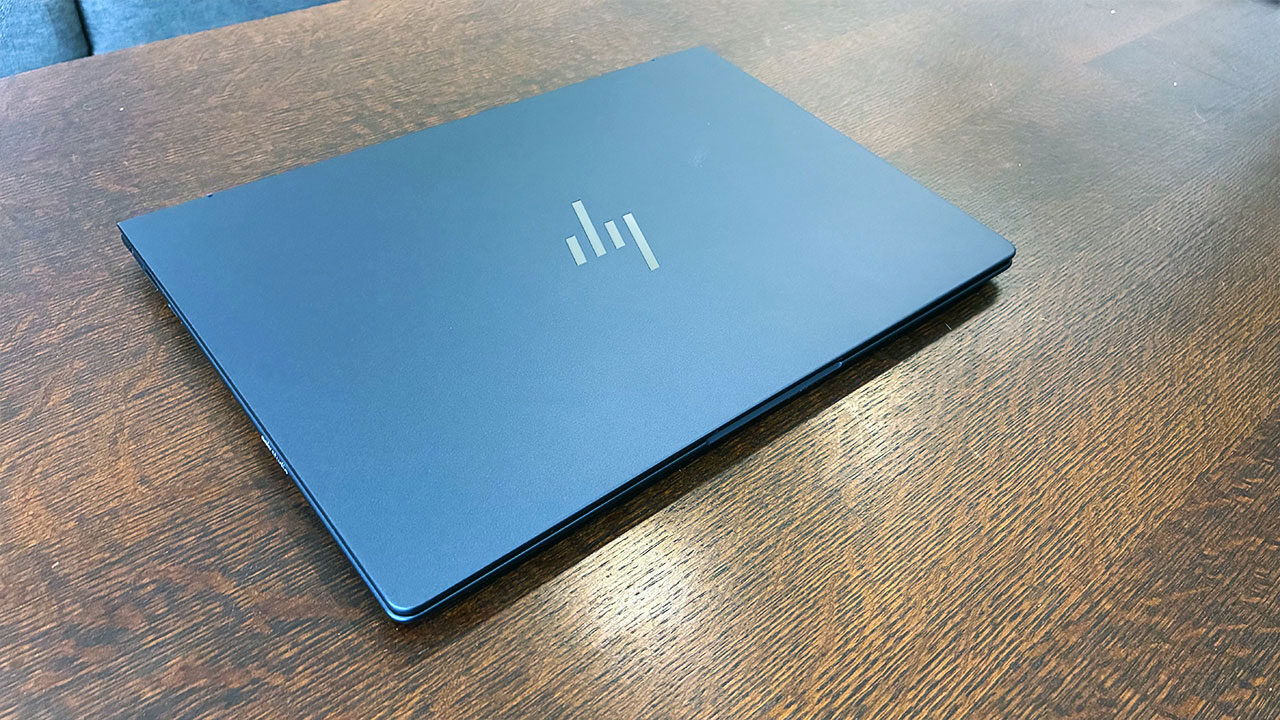
However, a few days before writing this review, HP released a system update for the EliteBook Ultra G1i that significantly improved battery life. Performing the same workload, I’m now getting well over 10 hours of use, which means I feel far more comfortable leaving the house without a charger. Those who do even lighter tasks can likely expect to get even more out of the battery, making it easy to get through a full workday, plus a commute to and from the office, all while running solely on battery power.
Bottom Line
I have thoroughly enjoyed my time with the HP EliteBook Ultra G1i over the past several weeks. It has handled every task I’ve thrown its way with ease, and its battery life has been more than adequate to get me through most workdays. While I do wish it offered a bit more port variety to eliminate the need for a dongle, most of my devices now use USB-C, making that compromise more tolerable today than it would have been in previous years.
If your employer is footing the bill, I can highly recommend this system. However, paying out of pocket may be a tougher sell, especially with many capable laptops available at a fraction of the cost. Still, if you know what you’re getting into, it’s hard to find a laptop this slim and lightweight that performs as well.
